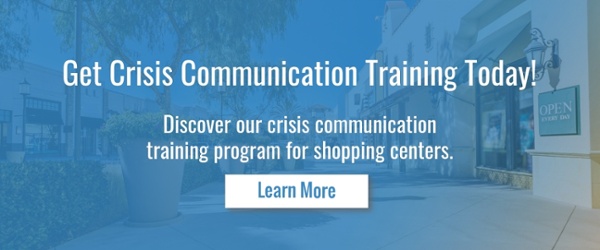When a person or group attacks your brand, it’s easy to take it as a personal affront.
After all, you’ve spent countless hours trying to position the business as a legitimate and credible provider of goods and services. So, when a negative article posted, it’s almost natural to want to fight back and respond to the negative brand commentary for brand protection.
Unfortunately, in some instances, taking action may actually cause more harm than good—and it’s important to understand when to push back and when to hold off.
So, before you respond, take some of these considerations into account to determine the best response (if any):
Analyze
First, understand the nature of the media outlet, its contributors and readership. Is the attack coming from a trustworthy media source that adheres to journalistic ethics and standards, or is it from a personal blog or website with a clearly defined agenda for or against certain causes and/or issues?
Fact vs Fiction
Next, look at the commentary through the lens of facts vs opinions. Is what’s being said factually wrong in any way? Most media outlets will be receptive to updating erroneous content if it is factually wrong—and you can prove it’s wrong.
But you can’t change opinion. If someone posts an article on their personal blog or news website that isn’t factually wrong but may not paint your company in the best light, you’re going to have a tough time getting it changed. And attempts to do so might be further used against you in a negative fashion.
The Desired Outcome
Finally, determine what goals or outcome you’d like to see come from engaging with the author or contributor. And be realistic with your expectations. It’s highly unlikely the author or contributor will outright take the article down just because it paints your brand in a negative light.
These considerations and distinctions are important to keep top-of-mind because they can easily inform what actions you take—if any—and how to proceed.
Plan in Action
I recently had a client that was the focus of a largely negative article posted to a digital news platform. When the article came to my attention, the first thing I did was look at the credibility of the source. I had never heard of this outlet, and in the “About” section, it clearly states it is a “journal of opinion.” This signaled to me this may not necessarily be the most trustworthy news source.
Also, while the article did a pretty good job citing sources and wasn’t factually wrong in any way, it used the facts to draw negative conclusions about my client. But there simply weren’t any factual errors we could address—only opinions and the personal conclusions of the author.
So, with this information in mind, I asked myself what we could do about it. The article is posted on a clearly opinion-based media outlet, it’s not factually wrong and asking them to take down the article or, at the very least, include a quote from my client could open us up to additional negative commentary.
I wrote an email to my client recommending we don’t do anything in regard to this particular story. The risk of further damaging brand perception in this instance outweighed the potential rewards. When I outlined step-by-step why I thought doing nothing was the best response, the client agreed.
It’s hard to not act, but sometimes it’s the best course of action for the long-term health and viability of your brand.



